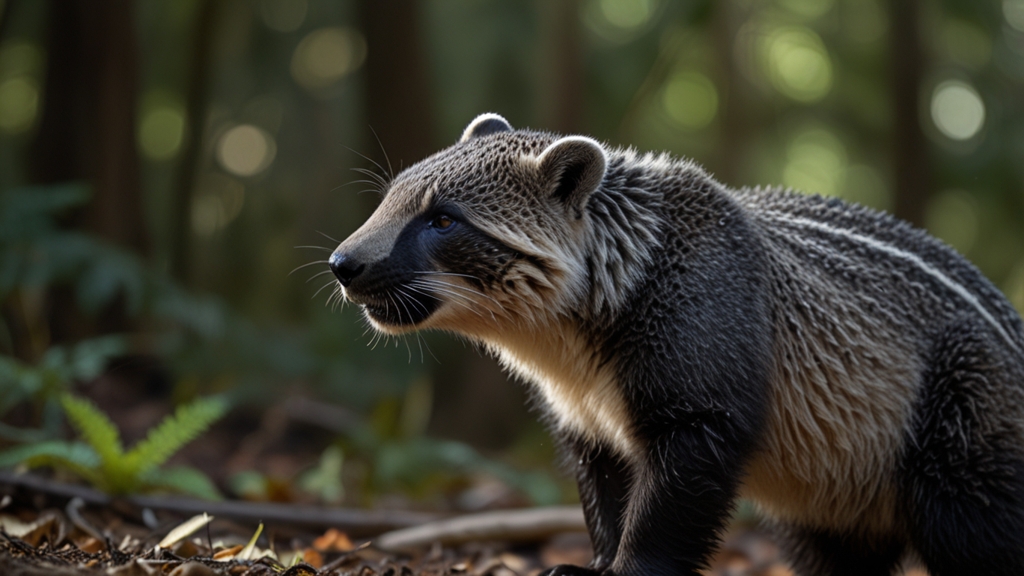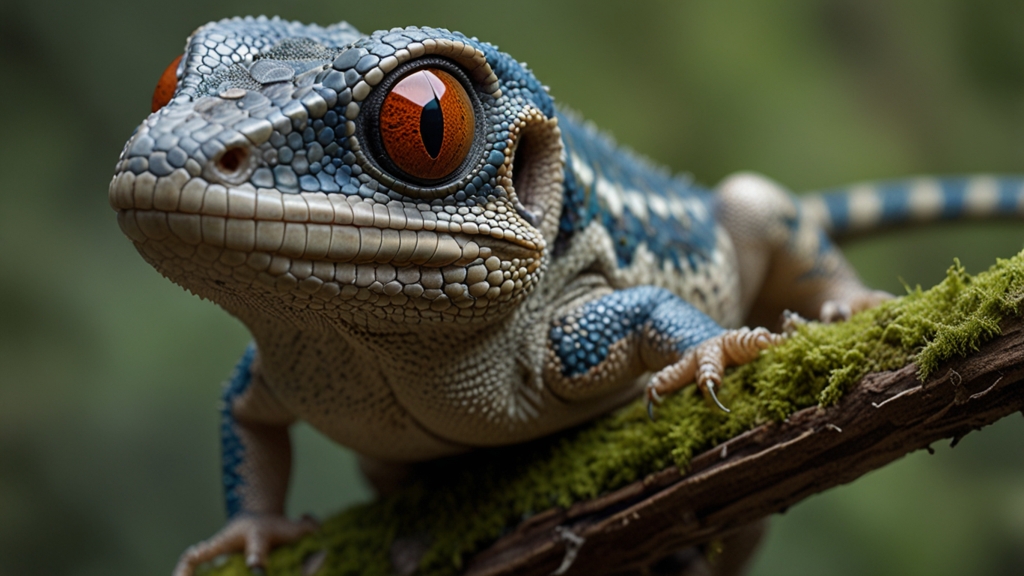New Beginnings: How Reintroduction Programs are Changing Species Fate
The earth’s biodiversity is facing unprecedented challenges. Over the past few decades, countless species have either become extinct or shifted to the brink of extinction. Loss of habitat, climate change, and human activities have been major factors driving this crisis. However, amidst the gloom, reintroduction programs are emerging as a beacon of hope. These programs aim to restore species that have disappeared from their natural habitats, providing them a second chance to thrive in the wild.
The Essence of Reintroduction Programs
Reintroduction programs involve the deliberate release of species into the wild from captivity or other areas where they exist in order to re-establish viable populations. These initiatives are carried out with meticulous planning, ensuring that the animals have a fair chance of survival and contributing to their ecosystems. The success of these programs rests on extensive research, habitat restoration, and ongoing monitoring.
“Reintroduction isn’t about simply releasing animals back into the wild. It’s a comprehensive process that demands scientific, ecological, and social considerations to succeed.” – Dr. Emily Hart, Wildlife Conservationist
Successful Case Studies
One of the most celebrated successes of reintroduction programs is the case of the California condor. Once numbering fewer than 30 individuals in the 1980s, captive breeding and reintroduction efforts have helped their population rebound to over 400 birds, with more than half of them soaring in the wild today. This remarkable recovery would not have been possible without coordinated conservation efforts.
Similarly, the Arabian oryx serves as another triumphant example. Declared extinct in the wild by 1972, the species has made a significant comeback through reintroduction programs. Today, the Arabian oryx can be found in protected areas across Saudi Arabia, Oman, and other Middle Eastern countries, illustrating the profound impact of human intervention and conservation dedication.
“The reintroduction of the Arabian oryx is a testament to what can be achieved when we combine passion, dedication, and resources. It offers a ray of hope amidst growing conservation concerns.” – Dr. Ahmed Salim, Ecologist
Challenges and Considerations
Reintroduction programs, however, are no walk in the park. They come with their own set of challenges. The release of animals into the wild needs careful selection of suitable habitats, ensuring these habitats can support the species and mitigating existing threats. Additionally, there is always the risk of animals not adapting to their new environment or not integrating well with the existing ecosystems.
It also requires substantial funding and resources. The cost of breeding, maintaining, and releasing animals can be exorbitant, and these programs often rely on continuous financial backing. Furthermore, the success of these programs is not immediate; it may take years or even decades to see significant results.
The Human Factor
Involving local communities and gaining their support is crucial for the success of reintroduction efforts. Conservationists must work closely with local populations, educating them about the benefits of these species and ensuring they become stakeholders in the conservation process. This collaborative approach not only fosters coexistence but also ensures sustained conservation efforts.
“Engaging with local communities and making them part of the journey is essential. It’s about building a shared vision for conservation and reaping its collective benefits.” – Laura Green, Community Engagement Specialist
A Glimpse into the Future
The future of reintroduction programs is optimistic yet challenging. As technology advances, conservationists are leveraging tools such as genetic mapping, satellite tracking, and advanced monitoring systems to enhance the success rates of these programs. Innovations in reproductive technologies also bring hope for more effective breeding and reintroduction methods.
Ultimately, reintroduction programs symbolize resilience and a commitment to preserving our planet’s biodiversity. Through combined efforts of governments, conservation groups, scientific communities, and local populations, we can aspire towards a future where endangered species not only survive but flourish in their natural habitats.
The journey of rebuilding our ecosystems is arduous, but with strategic interventions and unwavering dedication, reintroduction programs can indeed change the fate of many species, paving the way for new beginnings.








